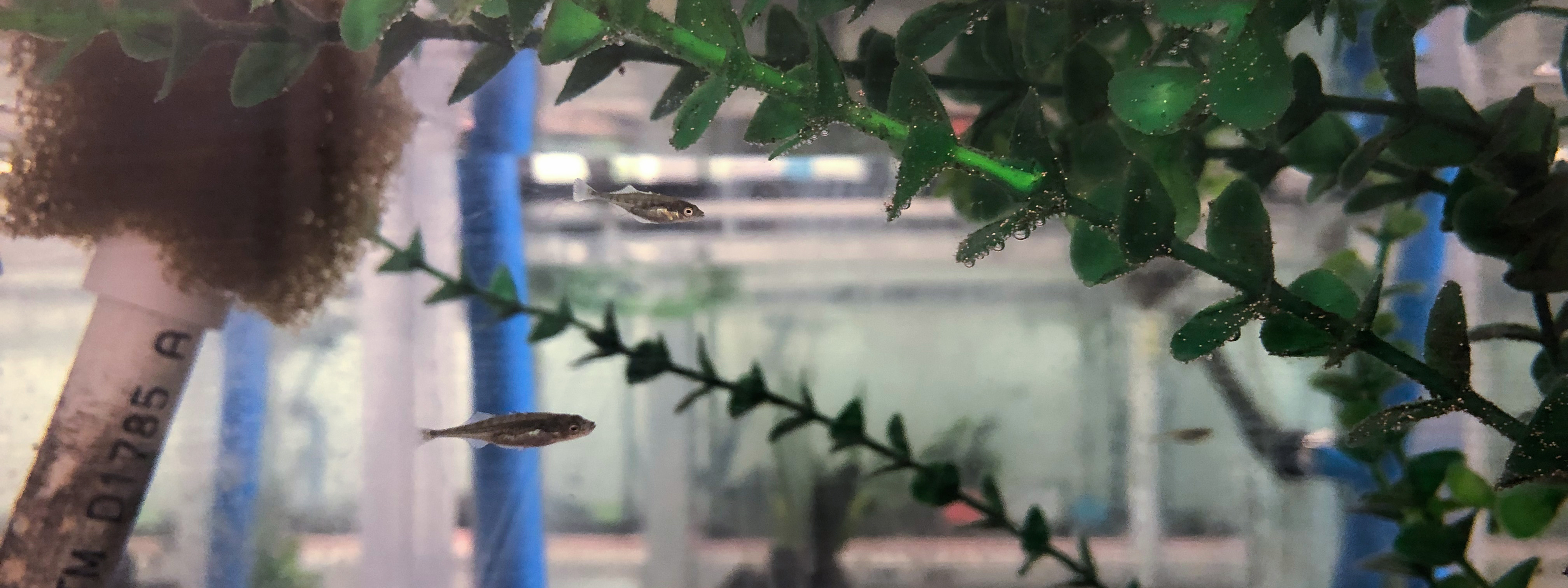Postzygotic reproductive barriers are often thought to be in the form of gene-gene incompatibility and therefore play a reduced role in early speciation. However, postzygotic isolation can also appear via phenotypic incompatibility. This type of extrinsic (environment-depentdent) reproductive isolation can emerge fast in incipient species pairs and promote rapid speciation, but is hard to detect when measured in lab. Therefore, I conduct experiments in semi-natural ponds using backcross populations from benthic and limnetic three-spined stickleback (Gasterosteus aculeatus) species pair. Using molecular markers, the trajectories of the minor parent component in each backcross population can be resolved. The selection driving the trajectory then will be uncovered using a combination of population genetic analyses and compuer simulations.
